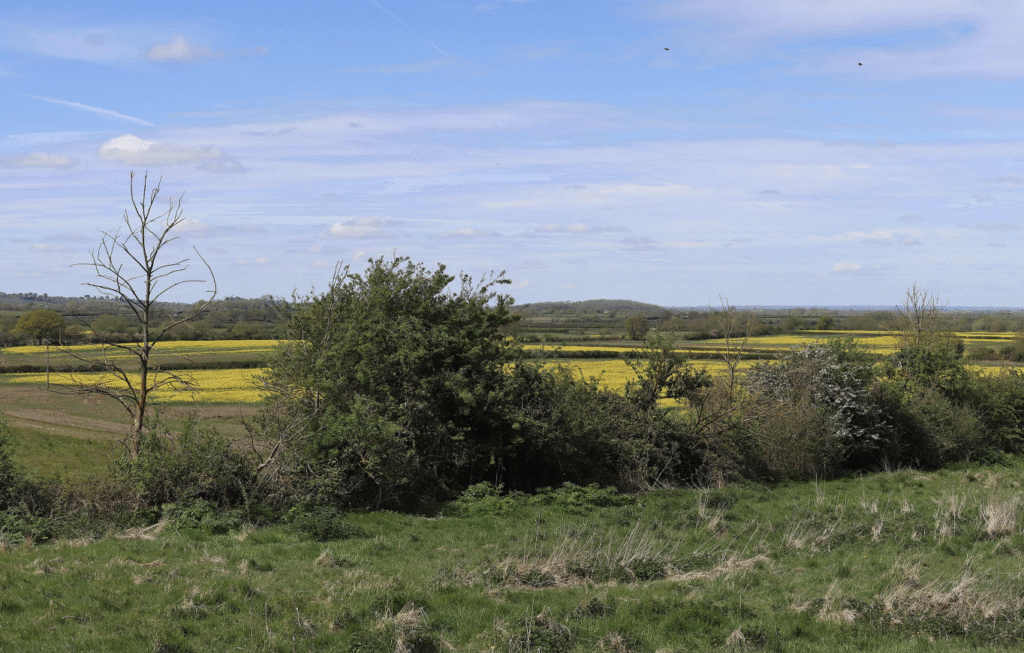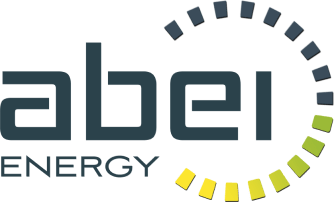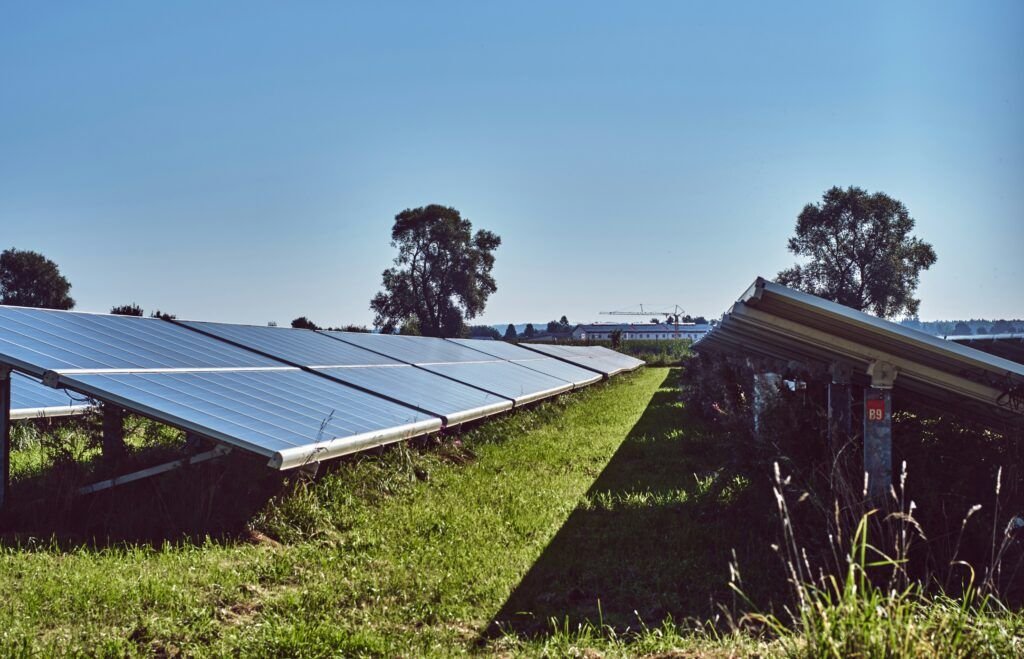Old Hayes' Solar pv
Oxfordshire, England
Get to know the project
Old Hayes
Solar PV
Old Hayes is a proposed 39.6MW solar PV project, located within Vale of White Horse District Council, with the nearest village at Coleshill. The proposed development would be located on approximately 175 acres of land which is currently in predominantly arable agricultural use. This project also includes a co-located 25MW Battery Energy Storage System (BESS), designed to store excess solar generation and release it during peak demand periods — improving grid stability and energy efficiency.

Project phases

Type of installation
Solar Pv

Location
Oxfordshire
England

Energy Production
39.6MW + 25M Storage
Across 175 acres

Renewable Power
10,692
tonnes of CO₂ avoided annually.

Homes Powered
15,000
During Peak Hours

Land Use Preserved
95%
to remain in farming use and used for sheep grazing

Decomissioning
40 Year Lease
99% of materials recycled

Community Benefit
£150,000
Across the lifetime of the project
About Us

We drive change
We are a team of passionate people who bring good energy to the world and drive positive changes for a more sustainable future. Our team accelerates the energy transition in 8 countries within Europe and America.

What makes us different?
We care about the quality of each process. That is why we manage the entire life cycle of energy projects, from their origin to their operation and maintenance, and the management of the resulting assets.

Public Consultation
We held an in person gathering for this project to complement this site. Any further comments relating to the project can be made via our contact form.
Planning Application Submisson
We are nearing completion and will be submitting our planning application in August 2025
Planning Application Determination
We will update this page with the outcome of our submission.
FAQs
What does a solar farm consist of?
A solar farm typically includes several key components to ensure it functions efficiently and safely:
Grid Capacity: A connection point to the local electricity grid with sufficient capacity to export generated power.
Electrical Infrastructure: On-site apparatus such as a private substation or transformer and a series of inverters distributed evenly throughout the site. Transformers are usually around 3 metres tall.
Solar Panels: Panels mounted on metal frames that are screwed directly into the ground, without the need for concrete foundations.
Row Spacing: At least a 4-metre clearance gap between each row of panels. This allows access for maintenance vehicles, facilitates sheep grazing, and prevents shading between rows.
Perimeter Fencing: Fencing is required for insurance, theft prevention, and safety. Deer fences or dark mesh fencing are commonly used to blend with the surrounding landscape while allowing access for smaller mammals.
How is the land managed while the solar farm is in operation?
During the operation of the solar farm, the land will continue to be actively managed to support both biodiversity and agricultural use.
Sheep Grazing: The site will predominantly be used for sheep grazing, preserving its agricultural purpose while naturally controlling vegetation.
Landscape Strategy: A specialist land management team will implement a landscape strategy that includes planting native trees, hedgerows, and wildflower meadows to boost biodiversity.
Low-Impact Approach: There will be an active avoidance of chemical pesticides and herbicides, supporting an organic and environmentally sensitive approach to land care.
Softworks Plan: A detailed softworks plan, outlining planting schemes and ecological enhancements, is available in the Documents section of this website
What environmental studies are carried out?
Environmental constraints are identified early in the design process to help minimise impact. Detailed assessments are undertaken by specialists and typically include:
Biodiversity
Cultural heritage
Noise
Traffic
Landscape and visual impacts
Hydrology and flood risk
These studies support the planning approvals process and ensure that potential impacts are properly mitigated.
What can be recycled?
The vast majority of solar panel materials can be recycled, and ABEI Energy is committed to following good industry practice when it comes to decommissioning and land restoration.
Around 99% of a typical solar panel is made up of recyclable materials such as glass, aluminium, steel, copper, silica, and certain plastics. As recycling infrastructure continues to improve across the UK and Europe, the ability to recover and repurpose these materials has become more viable and environmentally beneficial.
At the end of the solar farm’s operational life, the site will be decommissioned in line with current best practice. This includes removing all infrastructure and restoring the land, with recycling and reuse of materials prioritised wherever possible. ABEI Energy plans responsibly for the full lifecycle of each project, including the end-of-life phase.
Do solar farms affect property values?
There is currently no clear evidence that solar farms negatively impact property values. At ABEI Energy, we take care to design our sites with sensitivity to the local area and nearby residents.
Where possible, we ensure solar farms are set back from residential properties and incorporate new planting — such as hedgerows and trees — to help screen views and integrate the project into the surrounding landscape. This approach not only reduces visual impact but also supports biodiversity and local habitat creation.
By prioritising thoughtful design and community engagement, we aim to ensure that our projects sit well within the local context and continue to respect the character and value of the area.
Solar on rooftops and brownfield sites - what are the issues?
We fully support the use of rooftops and brownfield land for solar power — and we would like to see solar panels installed on every suitable home, commercial rooftop, and public building across the UK.
However, retrofitting solar panels on existing buildings — particularly large commercial rooftops — can be extremely challenging. Many are limited by structural issues, complex ownership arrangements, high upfront costs, or prohibitively high business rates. These factors often make rooftop solar commercially or technically unviable, despite strong interest.
We also support building solar farms on brownfield land wherever feasible. In practice, though, most brownfield sites in the UK are prioritised for higher-value commercial or residential development, which often makes them unavailable or too costly for solar use. Lower-value semi-brownfield sites like former airfields or old industrial land are sometimes used, but these can come with their own challenges — such as limited grid capacity or restrictive planning designations.
Ultimately, while rooftops and brownfields should absolutely form part of the UK’s solar mix, they represent only a small fraction of the land area needed for the UK to meet its legally binding carbon targets by 2050. Well-sited solar farms on low-grade agricultural land can play a vital role in delivering that clean energy future.
What is BESS and why is it needed?
A Battery Energy Storage System (BESS) stores energy generated from renewable sources like wind and solar. It allows electricity to be stored when there is an oversupply (e.g. on sunny or windy days) and then discharged when demand is high. BESS improves grid reliability by helping to balance supply and demand, support grid stability during frequency disruptions, and reduce the risk of blackouts. As coal and gas generation are phased out, BESS plays a crucial role in supporting a low-carbon, renewable-powered energy system.
What is involved in designing a BESS?
Designing a BESS involves a wide range of considerations, including:
Proximity and connectivity to the grid
Fire safety and overall safety standards
Compliance with relevant standards, guidelines, and legislation
Practicality of construction (constructability)
Potential environmental, residential, and heritage impacts
Operations and maintenance requirements
Project costs
Where is the lithium for the batteries sourced and built?
Lithium is mined globally, including in South America, Africa, and Australia. The UK signed a Free Trade Agreement with Australia in December 2021, and Australia is currently a key lithium supplier. Although importing lithium has environmental costs, lithium can be infinitely recycled without losing performance. In June 2023, it was also announced that lithium mining would begin in Cornwall, which could eventually meet around two-thirds of UK battery demand. Currently, most batteries are imported. However, the UK Government has committed to developing domestic battery production using UK-mined lithium. Once operational, these battery factories will significantly reduce the carbon footprint associated with battery manufacturing and transport. In the short term, some imports will still be necessary to meet demand, but UK-based production is expected to improve sustainability in the long run.
What can be recycled from a BESS?
Decommissioning of BESS facilities follows strict regulations to ensure safe disposal and recycling. The industry is working towards circular economy goals. Components that can typically be recycled include:
Concrete bases: Crushed and reused in other construction projects
Fencing: Removed for reuse or metal recycled
Electrical equipment: Reused or dismantled for parts
Batteries: Metals like lithium, copper, and nickel are valuable and recyclable
Some plastic materials are currently harder to recycle, but the recycling industry is advancing rapidly. Companies like Veolia are developing more efficient methods to recycle battery components.
What can I expect during construction?
As part of our planning application, a traffic management plan (TMP) will be developed to ensure safety during the construction phase and will be available under ‘documents’. A construction traffic route can be found within the public consultation documents.
We Want To Hear From You
Contact Us
Do you want to know more about the Old Hayes site?
We would love to hear from you. Fill out the form and we will get back to you as soon as possible. Whether it is a question about our process, a suggestion or you simply want more information, we are here to help.
Our team is ready to provide you with the best service and answer all your questions. Do not hesitate to write to us, together we promote a more sustainable future!

Address Abei Energy
Origin Workspace
40 Berkeley Square, Bristol BS8 1HP

developmentuk@abeienergy.com








